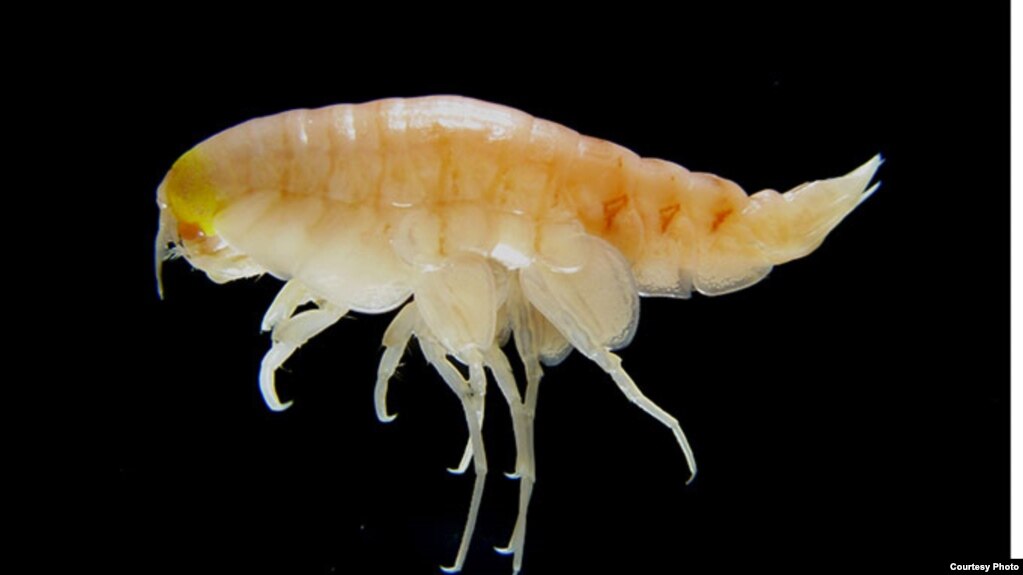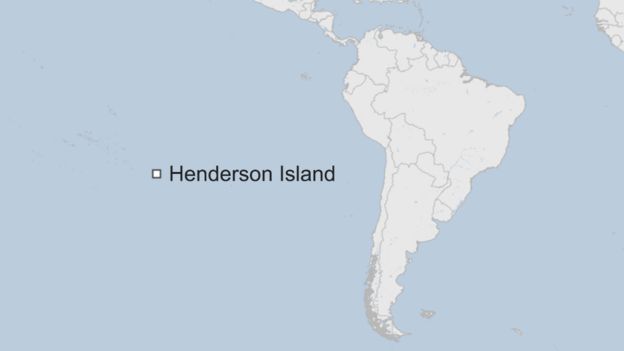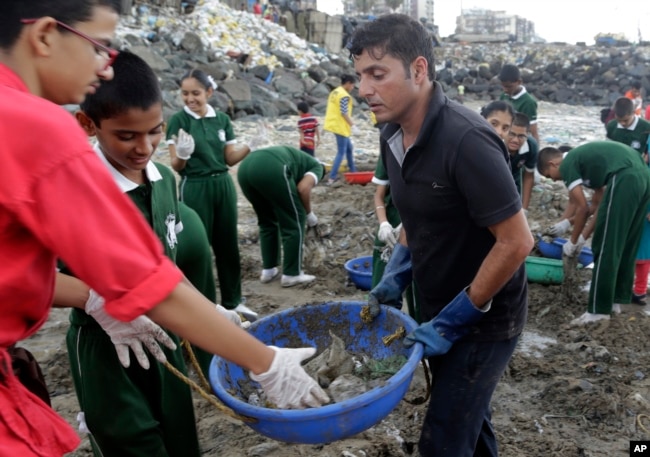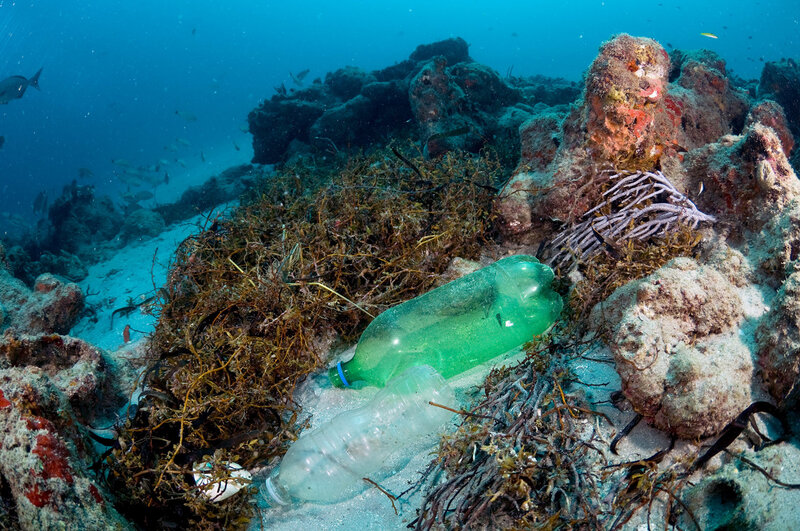Big ol' floating landfill in the Pacific...

Researchers Say Plastic Pollution Destoying Earths Oceans
May 21, 2012 A marine expedition of environmentalists has confirmed the bad news it feared the Great Pacific Garbage Patch extends even further than previously known.
See also:
Radioactive bluefin tuna crossed the Pacific to US
28 May`12 Across the vast Pacific, the mighty bluefin tuna carried radioactive contamination that leaked from Japan's crippled nuclear plant to the shores of the United States 6,000 miles away the first time a huge migrating fish has been shown to carry radioactivity such a distance.
Researchers Say Plastic Pollution Destoying Earths Oceans
May 21, 2012 A marine expedition of environmentalists has confirmed the bad news it feared the Great Pacific Garbage Patch extends even further than previously known.
Organized by two nonprofit groups the Algalita Marine Research Foundation and the 5 Gyres Institute the expedition is sailing from the Marshall Islands to Japan through a synthetic soup of plastic in the North Pacific Ocean on a 72-feet yacht called the Sea Dragon, provided by Pangaea Exploration. The area is part of one of the oceans five tropical gyres regions where bodies of water converge, with currents delivering high concentrations of plastic debris. The Sea Dragon is visiting the previously unexplored western half of the North Pacific gyre situated below the 35th parallel, and home to a massive expanse of plastic particles known as the Great Pacific Garbage Patch to look for plastic pollution and study its effect on marine life.
Leading the expedition is Marcus Eriksen, a former U.S. marine and Ph.D student from University of Southern California. Weve been finding lots of micro plastics, all the size of a grain of rice or a small marble, Eriksen said via satellite phone. We drag our nets and come up with a small handful, like confetti 10, 20, 30 fragments at a time. Thats how its been, every trawl weve done for the last thousand miles. Eriksen, who has sailed through all five gyres, said this confirmed for him that the worlds oceans are plasticized. Everywhere you go in the ocean, youre going to find this plastic waste.
Besides documenting the existence of plastic pollution, the expedition intends to study how long it takes for communities of barnacles, crabs and molluscs to establish, whether the plastic can serve as a raft for species to cross continents, and the prevalence of chemical pollutants. On a second leg from Tokyo to Hawaii departing May 30, the team expect to encounter material dislodged by the Japanese tsunami. Well be looking for debris thats sub-surface: overturned boats, refrigerators, things that wind is not affecting, Eriksen said. Well get an idea of how much is out there, whats going on and what its carrying with it, in terms of toxins.
Scripps Institute graduate Miriam Goldstein was chief scientist on a similar expedition to the Great Pacific Garbage Patch in 2009. According to her research, there has been a 100-fold increase in plastic garbage in the last 40 years, most of it broken down into tiny crumbs to form a concentrated soup. The particles are so small and profuse that they cant be dredged out. You need a net with very fine mesh and then youre catching baby fish, baby squid everything, Goldstein says. For every gram of plastic youre taking out, you probably take out more or less the equivalent of sea life.
MORE
See also:
Radioactive bluefin tuna crossed the Pacific to US
28 May`12 Across the vast Pacific, the mighty bluefin tuna carried radioactive contamination that leaked from Japan's crippled nuclear plant to the shores of the United States 6,000 miles away the first time a huge migrating fish has been shown to carry radioactivity such a distance.
"We were frankly kind of startled," said Nicholas Fisher, one of the researchers reporting the findings online Monday in the Proceedings of the National Academy of Sciences. The levels of radioactive cesium were 10 times higher than the amount measured in tuna off the California coast in previous years. But even so, that's still far below safe-to-eat limits set by the U.S. and Japanese governments. Previously, smaller fish and plankton were found with elevated levels of radiation in Japanese waters after a magnitude-9 earthquake in March 2011 triggered a tsunami that badly damaged the Fukushima Dai-ichi reactors.
But scientists did not expect the nuclear fallout to linger in huge fish that sail the world because such fish can metabolize and shed radioactive substances. One of the largest and speediest fish, Pacific bluefin tuna can grow to 10 feet and weigh more than 1,000 pounds. They spawn off the Japan coast and swim east at breakneck speed to school in waters off California and the tip of Baja California, Mexico. Five months after the Fukushima disaster, Fisher of Stony Brook University in New York and a team decided to test Pacific bluefin that were caught off the coast of San Diego. To their surprise, tissue samples from all 15 tuna captured contained levels of two radioactive substances ceisum-134 and cesium-137 that were higher than in previous catches.
To rule out the possibility that the radiation was carried by ocean currents or deposited in the sea through the atmosphere, the team also analyzed yellowfin tuna, found in the eastern Pacific, and bluefin that migrated to Southern California before the nuclear crisis. They found no trace of cesium-134 and only background levels of cesium-137 left over from nuclear weapons testing in the 1960s. The results "are unequivocal. Fukushima was the source," said Ken Buesseler of the Woods Hole Oceanographic Institution, who had no role in the research.
Bluefin tuna absorbed radioactive cesium from swimming in contaminated waters and feeding on contaminated prey such as krill and squid, the scientists said. As the predators made the journey east, they shed some of the radiation through metabolism and as they grew larger. Even so, they weren't able to completely flush out all the contamination from their system. "That's a big ocean. To swim across it and still retain these radionuclides is pretty amazing," Fisher said. Pacific bluefin tuna are prized in Japan where a thin slice of the tender red meat prepared as sushi can fetch $24 per piece at top Tokyo restaurants. Japanese consume 80 percent of the world's Pacific and Atlantic bluefin tuna.
MORE










